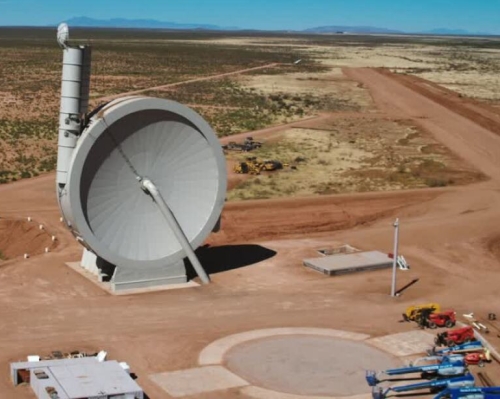Startup smallsat rocket company signs spaceport deal with Brazil
The new colonial movement: A Canadian startup smallsat rocket company, C6 Launch Systems, has not only signed a spaceport deal with Brazil to build its own launchpad at that country’s Alcantara Space Center, it has also won its first launch customer.
First, the launchpad is for C6’s rocket, which is unnamed and designed to launch cubesats. The company webpage says they are aiming for suborbital flights in 2021 and orbital flights in 2022, but it is unclear if it has launched anything at this point.
Nonetheless, Brazil is very clearly teaming up with C6. The Brazilian air force hired it to build a launch pad, a Brazilian company, Concert Technologies, has awarded it a launch contract.
Concert Technologies S.A. who are developing a new small satellite constellation have signed a a non-exclusive letter of intent to launch three small satellites with C6 Launch. The broad agreement allows for Concert Technologies to schedule more launches to maintain and expand their high-resolution Earth Observation (EO) constellation.
It appears Concert’s satellites will be targeting both the Earth imagery market as well as communications services in the “internet of things.”
The new colonial movement: A Canadian startup smallsat rocket company, C6 Launch Systems, has not only signed a spaceport deal with Brazil to build its own launchpad at that country’s Alcantara Space Center, it has also won its first launch customer.
First, the launchpad is for C6’s rocket, which is unnamed and designed to launch cubesats. The company webpage says they are aiming for suborbital flights in 2021 and orbital flights in 2022, but it is unclear if it has launched anything at this point.
Nonetheless, Brazil is very clearly teaming up with C6. The Brazilian air force hired it to build a launch pad, a Brazilian company, Concert Technologies, has awarded it a launch contract.
Concert Technologies S.A. who are developing a new small satellite constellation have signed a a non-exclusive letter of intent to launch three small satellites with C6 Launch. The broad agreement allows for Concert Technologies to schedule more launches to maintain and expand their high-resolution Earth Observation (EO) constellation.
It appears Concert’s satellites will be targeting both the Earth imagery market as well as communications services in the “internet of things.”


